Long fibre injection moulding technology has become a popular choice for some industries where the mechanical properties of the parts or components are more complex and demanding.
In the area of injection moulding, Chuan Lih Fa (CLF) has gained significant experience and has introduced its long fibre injection moulding technology to serve the automotive, aerospace and other sectors that demand composite structures for parts and components. This article focuses on how CLF has developed its long fibre injection moulding technology to serve the needs of its various customers.
As has been proven, adding long glass fibre composite materials with a length of less than 3mm to the raw materials can double the strength of the reinforced plastic injection moulded product. When the long glass fibre composite material is lengthened to more than 10mm, the tensile and impact strength of the product are more than 3 times than that of short fibre reinforcement.
Generally, within injection moulding procedures, long glass fibres are prone to turbulence, knotting, blocking the injection nozzles and pouring ports, resulting in moulding failure. After being barely formed under high pressure, most of the glass fibres are cut into short fibres.
CLF long-fibre composite injection technology is based on low-pressure and high-speed injection moulding technology, and through a three-station injection unit (independent mechanisms for storage, injection and pressure holding) to ensure that the fibre length exceeds 5mm or even as long as 40~50mm.
The diagram below provides the characteristics of long fibre injection and the appearance of the machine:
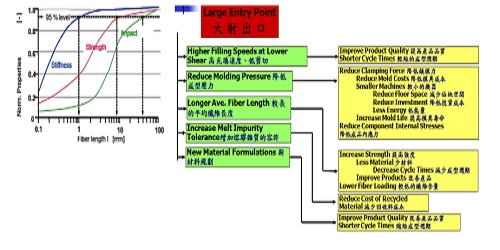
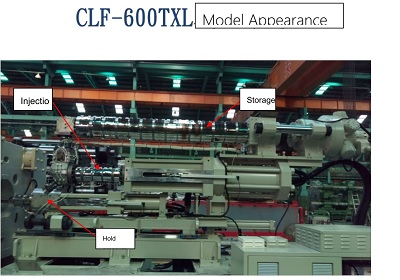
Meeting demands in complex applications
The growing awareness for environmental protection and energy saving has created urgent needs for technologies that meet these objectives. In view of these trends, the attention that lightweight composite materials are getting has significantly risen over the years.
In transportation, especially, we can reduce fuel consumption and CO2 emissions through weight reduction. This is also the current research and development direction of car manufacturers and the aerospace industry. In addition, in the fields of construction and wind power generation, the trend is gradually developing toward lightweight materials utilization. Through weight reduction, the overall design and construction convenience are achieved without sacrificing product quality. "Figure 1" indicates the main applications of composite materials, while "Table 1" shows the main types and potential applications of composite materials.
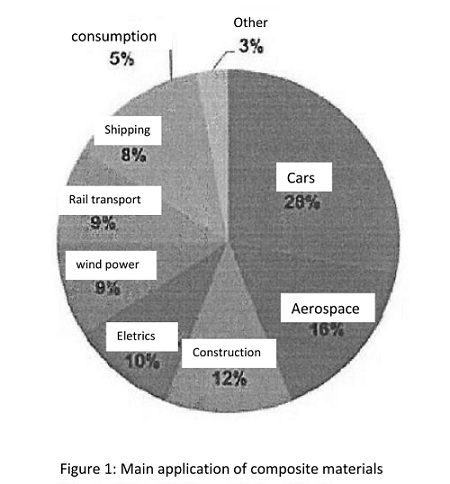
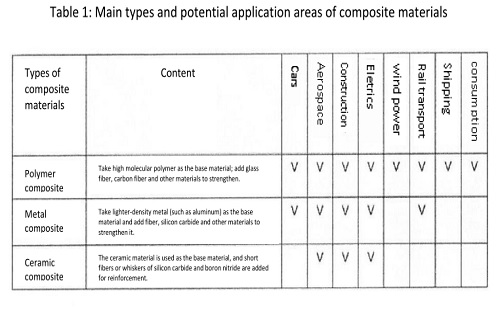
Composite materials have many advantages for both high-end and complex applications. That’s because the core advantage of composite materials is high strength and rigidity. Fibre length affects the mechanical properties of composite materials. If the fibre length is longer and the content is higher, it will have better strength and rigidity.
CLF has been engaged in providing injection moulding system for long fibre composites and has been serving customers in various sectors. Several applications are listed below:
An application example is for office chair legs of PP+GF long fibre 12mm specifications. CLF has successfully provided the required size and composition.
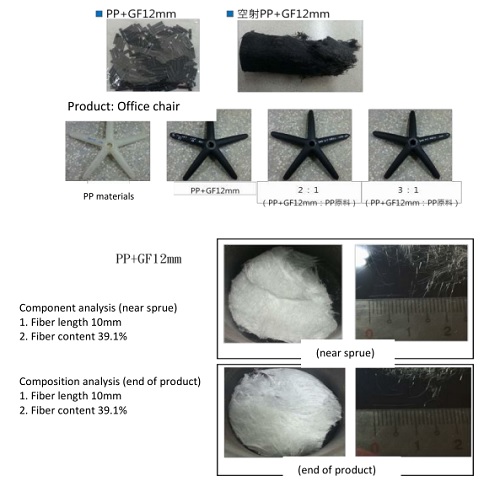
Another example of application is for office chair legs PP+GF filament 25mm
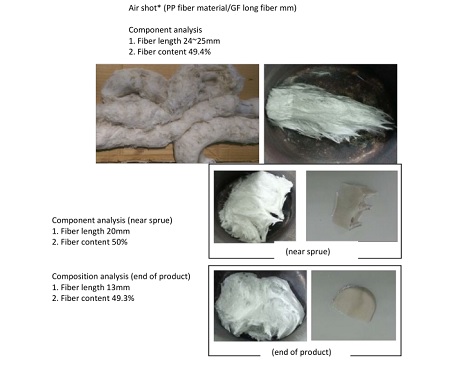
One application is for highway guardrail PP raw material + GF filament > 50mm
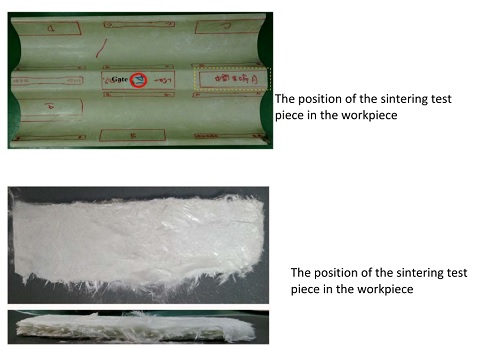
In the abovementioned application, after the workpiece is sintered, it can be observed that the average fibre length is more than 30mm, and some of the length is close to 40mm, and no broken short fibres are seen. Therefore, we can roughly understand that the fibre length is maintained well during the injection moulding process.
The injection of super-long fibres is basically successful in the design of the machine, and it is also proved that injection moulding with a fibre length of more than 40 mm is feasible.
Another interesting example of a customer requirements met is that of a well-known domestic bicycle factory with two specifications, one material PA+CF (Carbon Fibre) 12mm for frame parts and another material PA+CF (Carbon Fibre) 20mm, also for frame parts.
In all these cases, CLF injection moulding technology for long fibre composites has met the requirements to ensure the competitiveness of their customers in different industries where end-product quality and performance are of utmost importance.
For more information, visit: https://www.clf.com.tw/
Check also CLF Showroom at: http://www.industrysourcing.com/client/supplier/details.html?id=24111#

 iConnectHub
iConnectHub
 Login/Register
Login/Register Supplier Login
Supplier Login



























